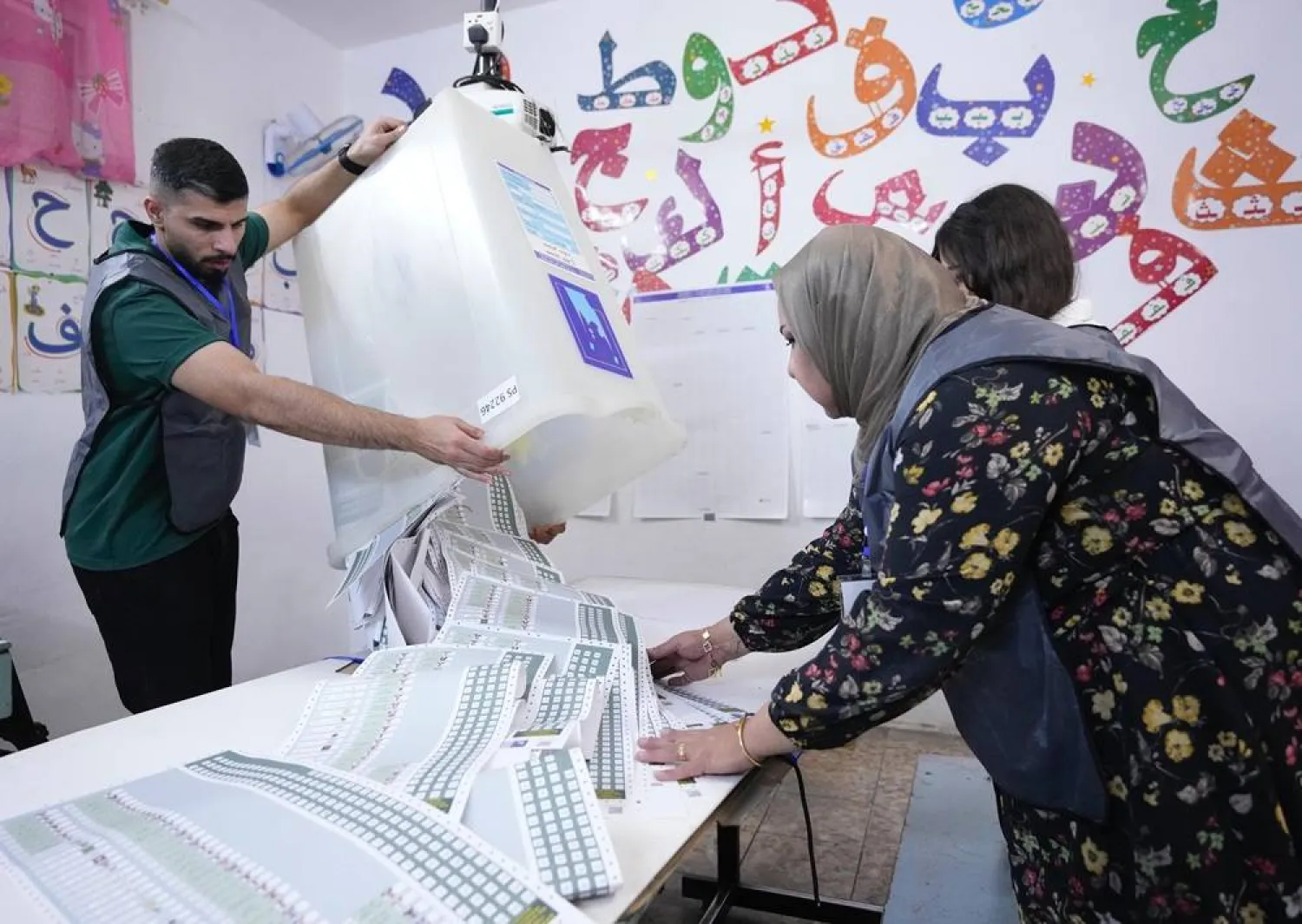Hamas has recently stepped up its release of videos showing Israeli captives held in its tunnel network, along with footage of armed fighters emerging from underground to launch attacks against Israeli forces in areas including Beit Hanoun, Al-Tuffah, and Rafah.
A raid claimed by the Izz al-Din al-Qassam Brigades, Hamas' armed wing, on Wednesday in the vicinity of Al-Zahraa Mosque in the Al-Jneina neighborhood of eastern Rafah, has once again spotlighted the group’s use of tunnels—particularly in Rafah, a city Israeli military sources say is now under their full control.
The reappearance of such scenes, nearly a year and a half into Israel’s military campaign in Gaza, has prompted fresh Israeli acknowledgement that Hamas' tunnel infrastructure remains largely intact despite repeated attempts to destroy it.
In April, Israel’s Channel 12 cited Israeli security sources as saying that just 25% of Hamas tunnels had been neutralized. The figures underscore growing Israeli concerns about the resilience and extent of the subterranean system beneath Gaza.
Due to its clandestine nature, estimates of the tunnel network vary widely.
Palestinian sources describe it as a sprawling maze comprising around 1,300 tunnels, plunging as deep as 70 meters underground and stretching some 500 kilometers. Former Israeli National Security Adviser Jacob Nagel estimated in October 2023 that the tunnels could extend for “thousands of kilometers.”
Engineering Feat Involving Thousands
Hamas sources told Asharq Al-Awsat that the recent reactivation of tunnels by the group’s armed wing, the Qassam Brigades, is “natural given the ongoing, though limited, military confrontation in some areas.” They added that tunnel use could expand “as the ground offensive intensifies.”
The sources described the tunnels as a “vital military pillar” and claimed Israel has yet to fully understand their structure. “The network is the product of years of engineering work involving thousands of operatives,” one source said.
While acknowledging that parts of the network were hit during the war, the sources said Hamas has since repaired and reused many of the damaged passages.
“Some tunnels remain undetected, even in areas where the Israeli army operated and destroyed nearby routes,” they said.
They also claimed that guards responsible for Israeli hostages have recently used tunnels to move captives again, particularly after they were temporarily housed in above-ground locations during the last ceasefire.
For over a decade, Israel has waged a persistent campaign to detect and destroy Hamas’ underground tunnel network in Gaza, believing it had neutralized the threat after constructing a fortified barrier and sealing known tunnels with expanding foam.
But recent footage and attacks suggest the tunnels remain a key part of Hamas’ war strategy — and a potential bargaining chip in future negotiations.
In the years following the completion of the Gaza border wall, Israel reduced surveillance around the enclave, withdrawing weapons from nearby communities and dismantling several watchtowers, confident that Hamas’ tunnel ambitions had been thwarted.
Yet Palestinian militants used this lull to expand a vast web of underground passages within Gaza. According to sources familiar with the matter, Hamas constructed tunnels for offensive operations, defensive positions, and command-and-control purposes — some designed to shield senior political and military leaders during conflict.
Tunnels as a Bargaining Tool
Palestinian sources told Asharq Al-Awsat that in past truce negotiations, including US-backed efforts, mediators had called on Hamas to relinquish its military infrastructure, including its tunnels, as part of any disarmament framework.
“The tunnels are seen as a dangerous asset that could allow Hamas to launch new offensives, even years down the line,” one source said, adding that the demand to dismantle them was part of broader demilitarization proposals.
While discussions around the tunnels predated their reemergence in recent videos, Hamas’ renewed use of them has shaken Israeli confidence. Despite conducting sweeping operations across Gaza — including extended searches lasting weeks in some areas — Israeli forces now acknowledge that much of the network remains operational.
Before Israel launched its offensive in Gaza in 2023, Hamas had reportedly maintained tunnels for specific purposes — including ones to shelter its leadership. However, over 18 months of war have degraded the group’s infrastructure.
Multiple key figures were killed in tunnel strikes, including Ahmed Al-Ghandour, commander of Hamas’ northern brigade, and Politburo member Rawhi Mushtaha.
Still, tunnel warfare continues. In cities like Khan Younis, Israeli troops returned to areas previously cleared, only to discover new or rebuilt tunnels. Military tactics and engineering efforts to permanently disable the network have so far yielded limited results.
Hamas sources say the group deliberately withheld some tunnels from use during the war to avoid detection by Israeli combat engineers. Should Israel widen its ground operations, they warn, those hidden passages may soon come into play.









